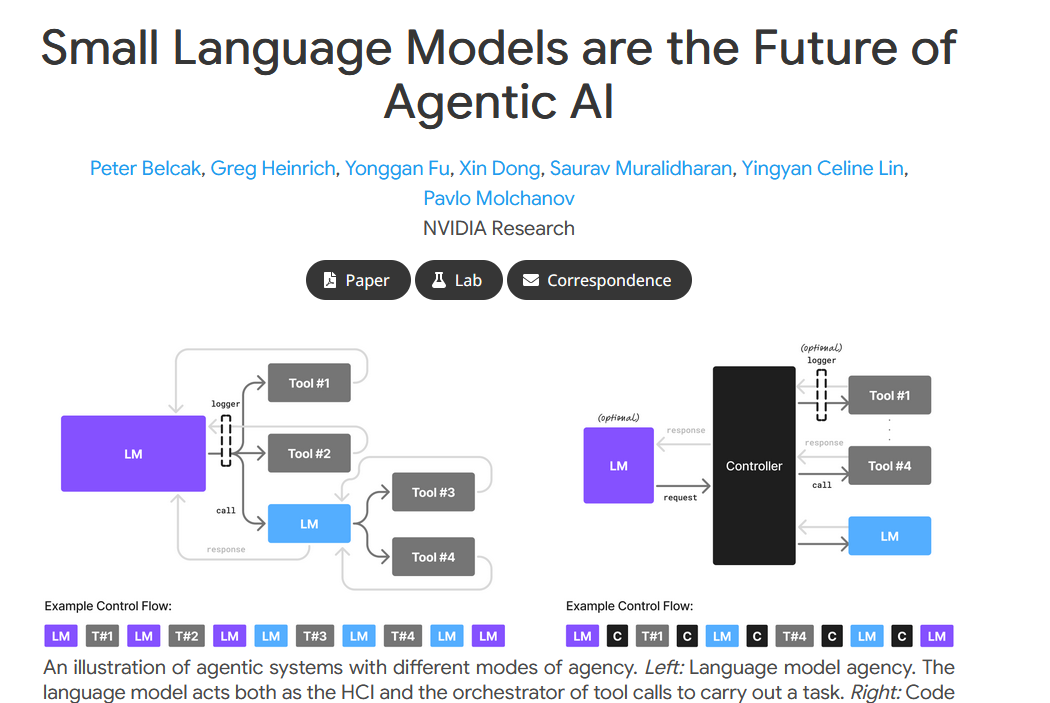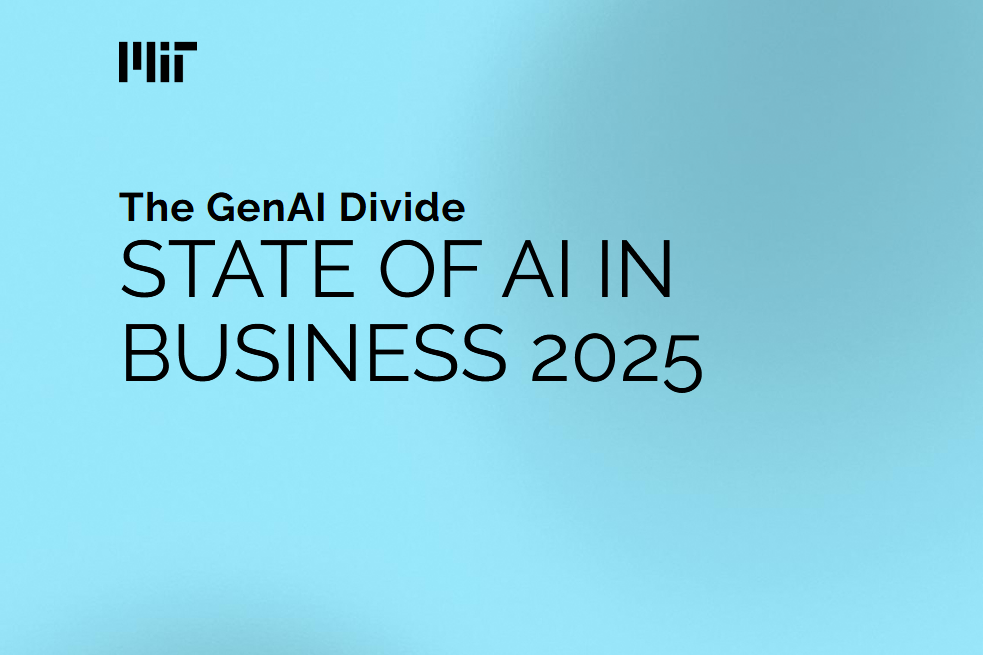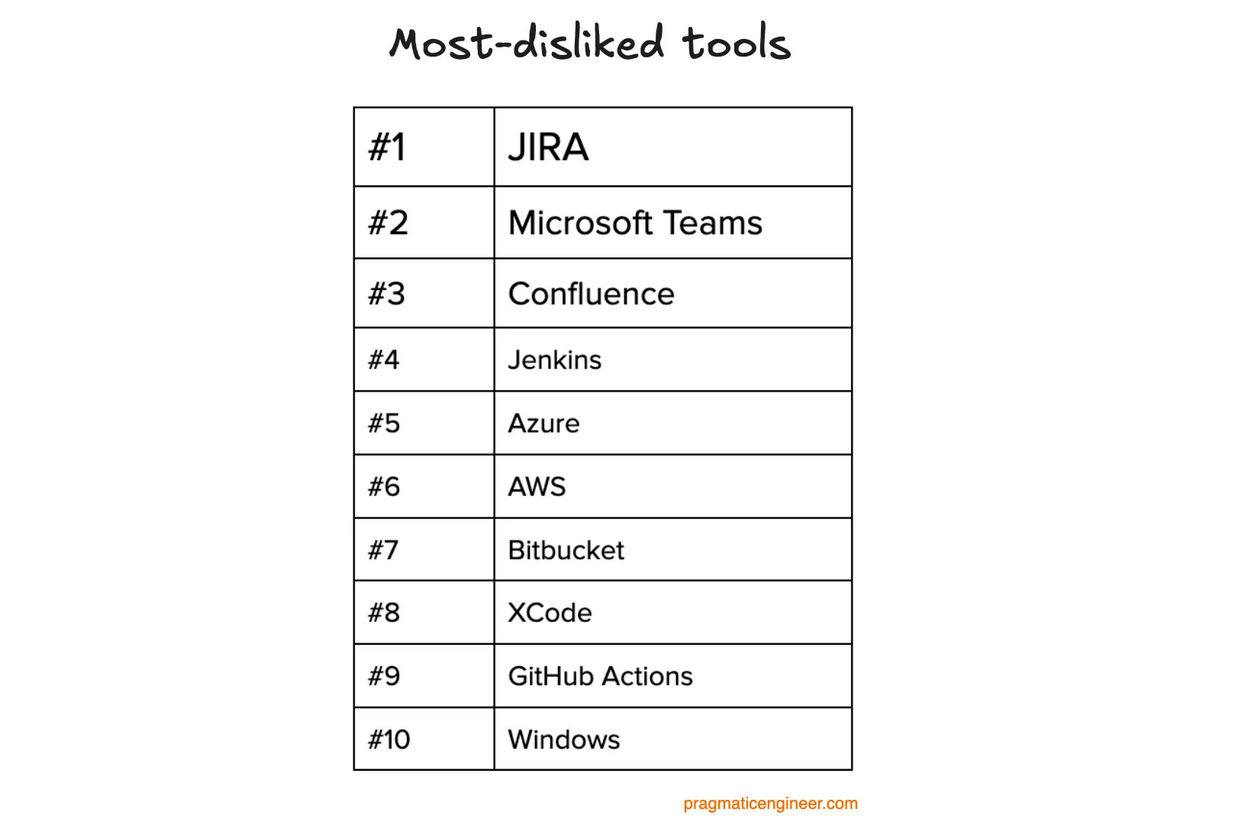Modern enterprises are drowning in complexity.
Every process is more interconnected, every system more data-rich, and every decision more dependent on fragmented expertise. As machines grow smarter, our operational environments become harder to navigate — not easier. It’s a growing complexity crisis.
And yet, most AI solutions today are trying to patch symptoms, not fix root causes.
You’ve seen the promises:
“AI will answer your questions.”
“Just add a chatbot to your knowledge base.”
“Connect your data and unlock value instantly.”
What you get instead:
-
Another search box.
-
Another inbox of AI answers nobody trusts.
-
More noise, not more clarity.
This isn’t a failure of AI. It’s a failure of framing.
The Hidden Problem: A Complexity Crisis, Not an Information One
The real problem isn’t “finding information.” It’s making sense of too much of it — and turning that sense into action.
Modern organizations face:
-
Exploding system complexity — industrial software stacks with dozens of tools, each emitting logs, alerts, and config data.
-
Shrinking expertise — aging workforces, high turnover, and fewer specialists who understand how things actually work.
-
Disconnected knowledge — process, tribal expertise, documentation, and data scattered across silos.
This is not a search problem. It’s an execution bottleneck. One where:
You don’t need more information.
You need the right action — in context, on time, with less human effort.
Why Chatbots, AI Search, and “Smart Docs” Don’t Solve It
Let’s be blunt: most AI initiatives fail because they aim too low.
-
Chatbots rarely understand the real intent.
-
RAG systems stitch together text, not knowledge.
-
Documentation automation doesn’t help you act on what you find.
-
AI assistants become another inbox no one has time to read.
They address the surface need — faster access to information — but ignore the underlying need: turning complexity into coordinated action.
Our Lens: From Automotive Operations to Cognitive Automation
We didn’t start with generative AI.
We started with MES rollouts at BMW.
With bridging legacy systems at Audi.
With workflow standardization across global production lines.
We lived the complexity.
Our co-founder spent years deploying manufacturing systems across continents, creating adaptive knowledge models and self-learning interfaces long before LLMs were mainstream. The pain was always the same: how do you scale execution when systems, teams, and knowledge are all fragmenting?
That’s the question that led us to cognitive automation — and ultimately to building Arti.
What Needs to Change: From Knowledge Access to Intelligent Execution
Here’s our core belief:
AI shouldn’t just help you find answers. It should help you act.
That means:
-
Moving from information retrieval → process-aware decision support
-
From generic chat interfaces → context-specific task execution
-
From static docs → dynamic, adaptive workflows
It means building agents, not bots.
Architectures, not wrappers.
Execution systems, not suggestion engines.
How This Shapes Our Approach
Everything we publish — every article in our series — stems from this lens:
-
Why AI fails in technical operations
-
Why most agent frameworks are just demos in disguise
-
Why real-world systems need typed state, semantic memory, and human-AI collaboration
-
Why industrial AI must bridge the gap between information and action
This isn’t hype. It’s the hard, operational reality of modern work.
A Guide for the Ones Who Build
If you’re facing:
-
Shrinking talent pools
-
Knowledge loss
-
Growing operational complexity
-
Or AI projects stuck in PoC purgatory
Then this series is for you.
We’ll show you:
-
What AI needs to actually work in production
-
How to architect agentic systems with real structure
-
What it takes to move from helpful to hands-free execution
Welcome to the AI Execution Layer.
It’s time we stop pretending chatbots are enough — and start building what’s really needed.






